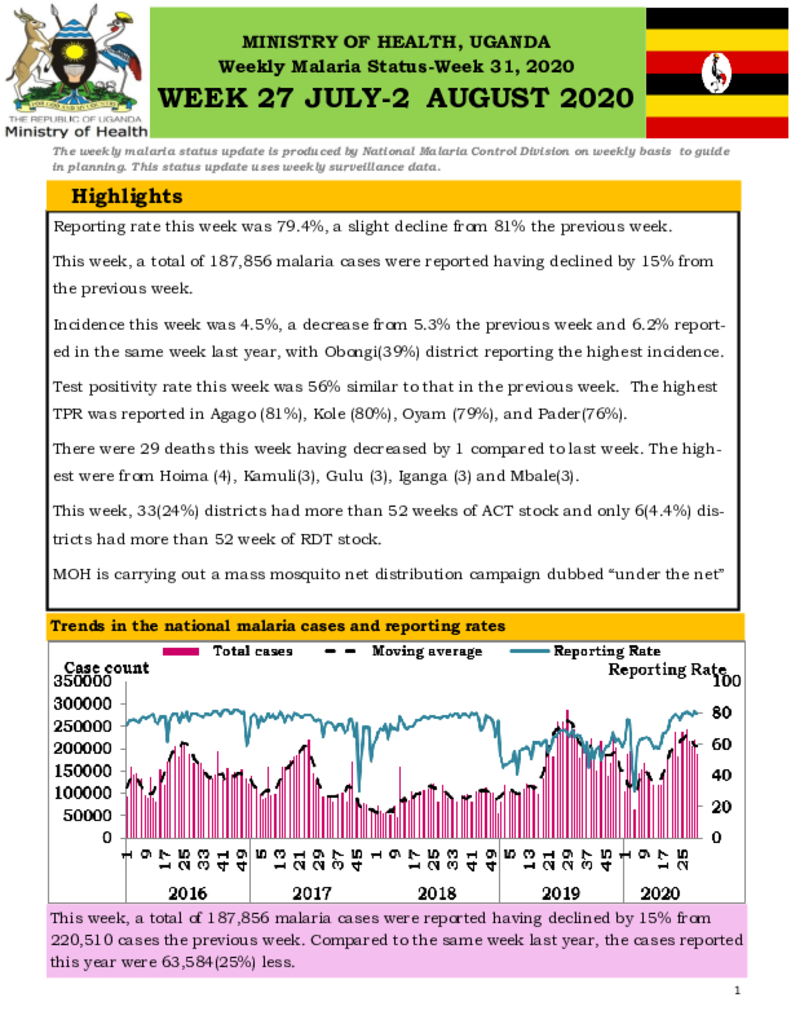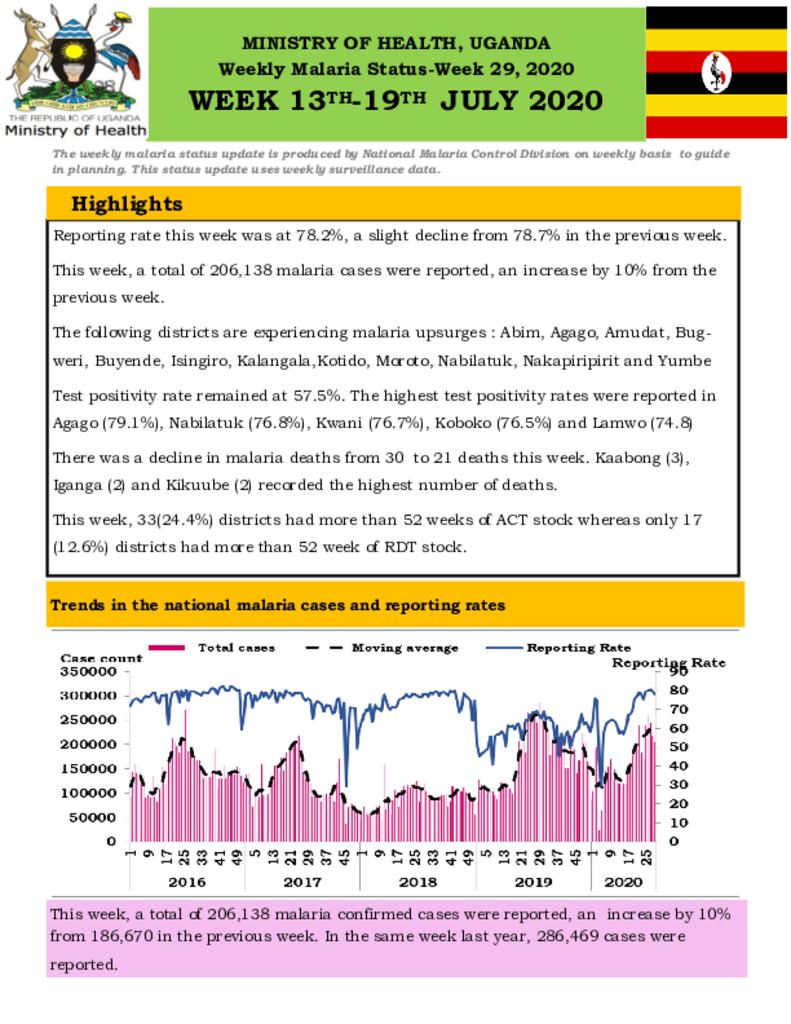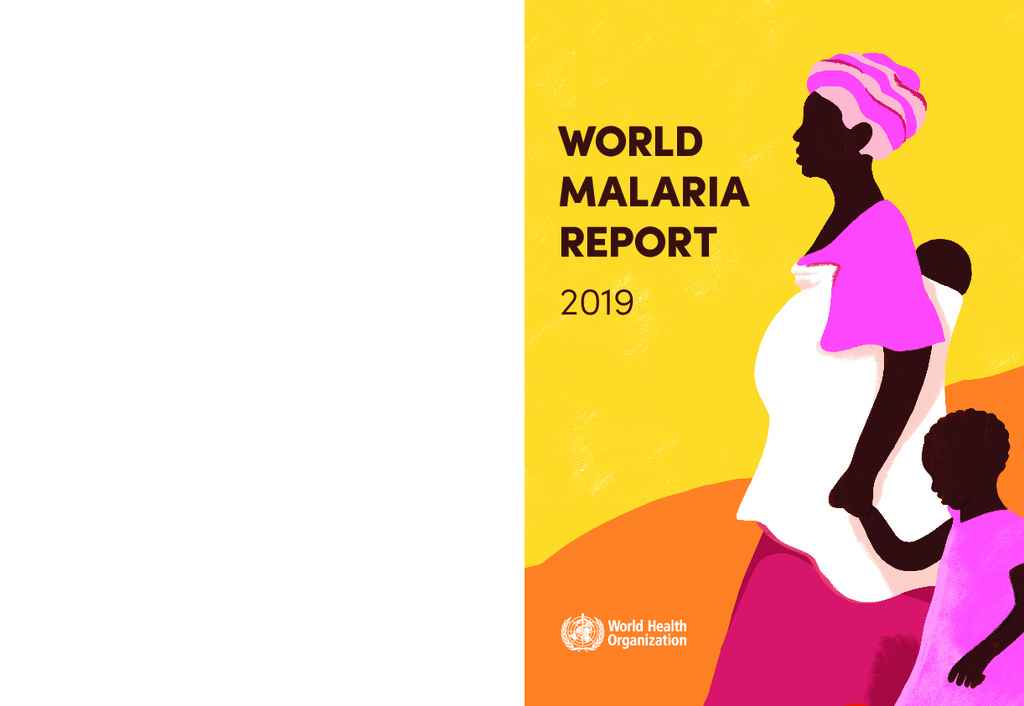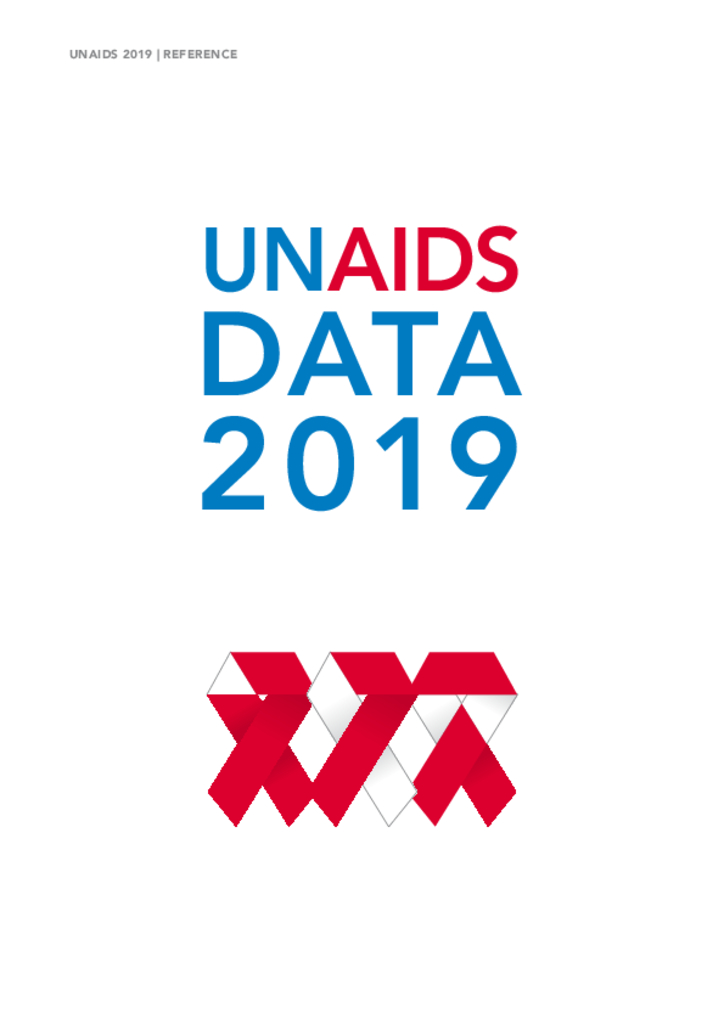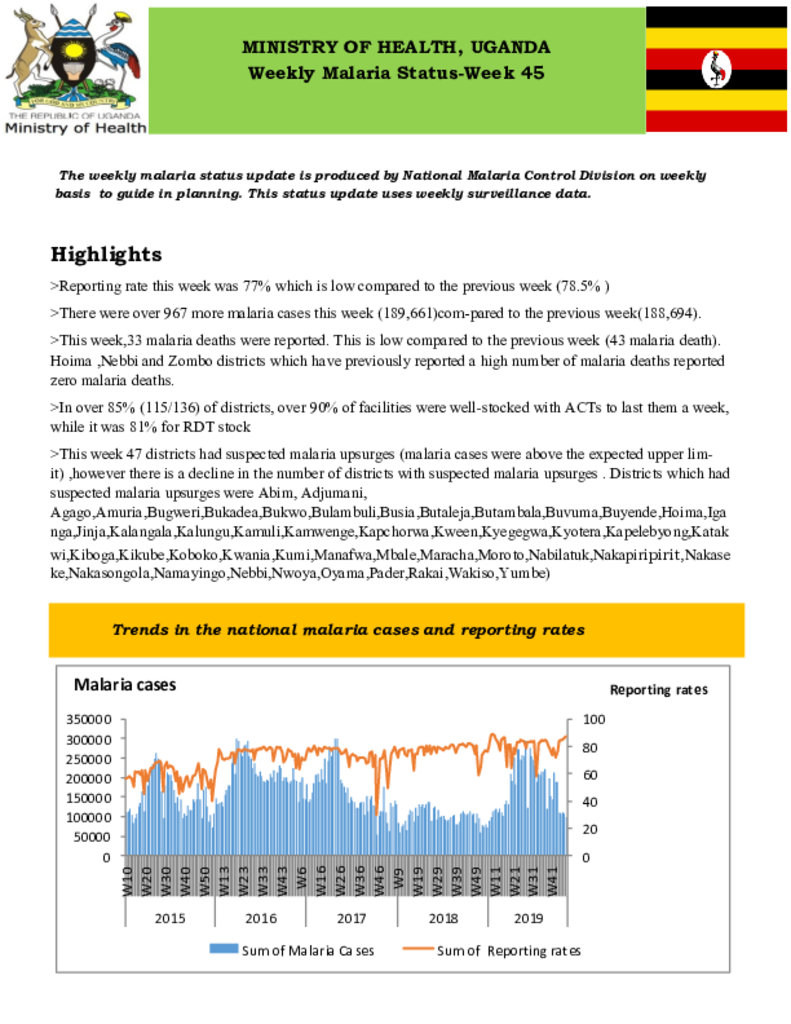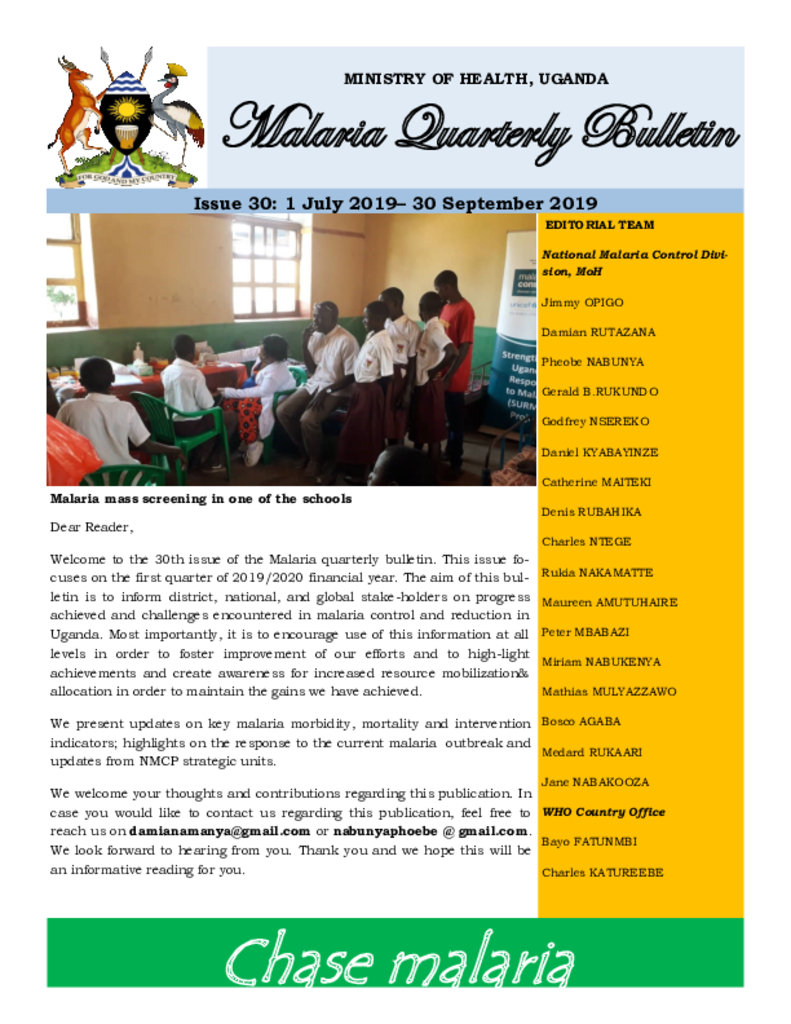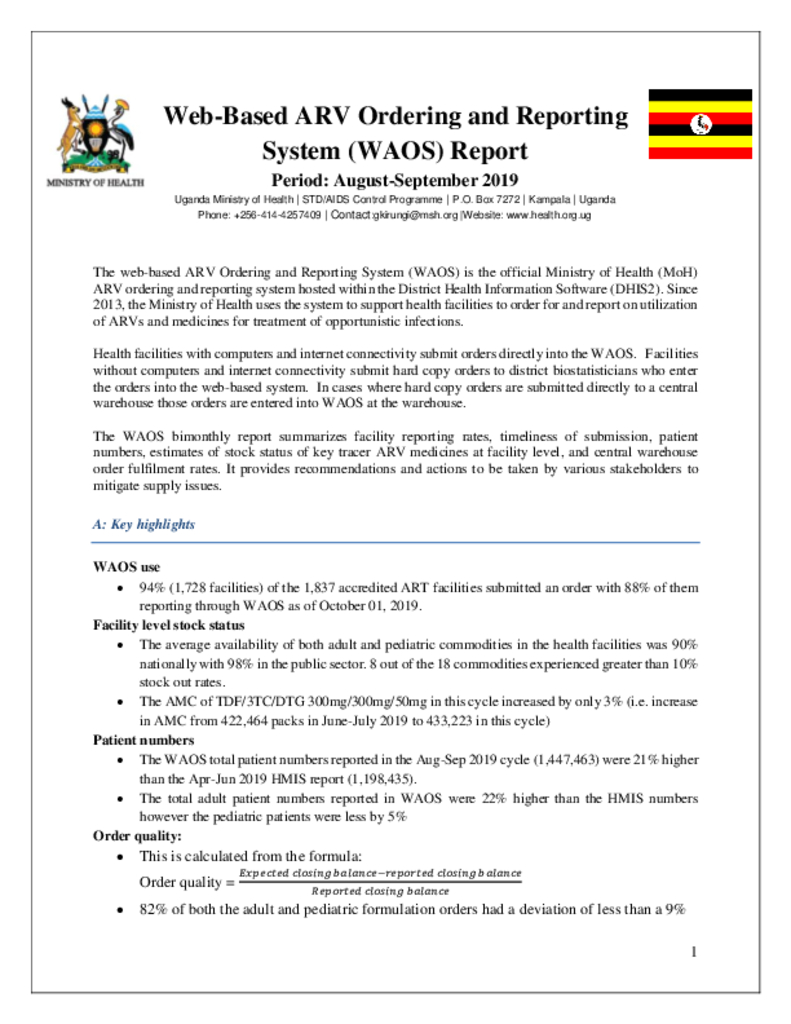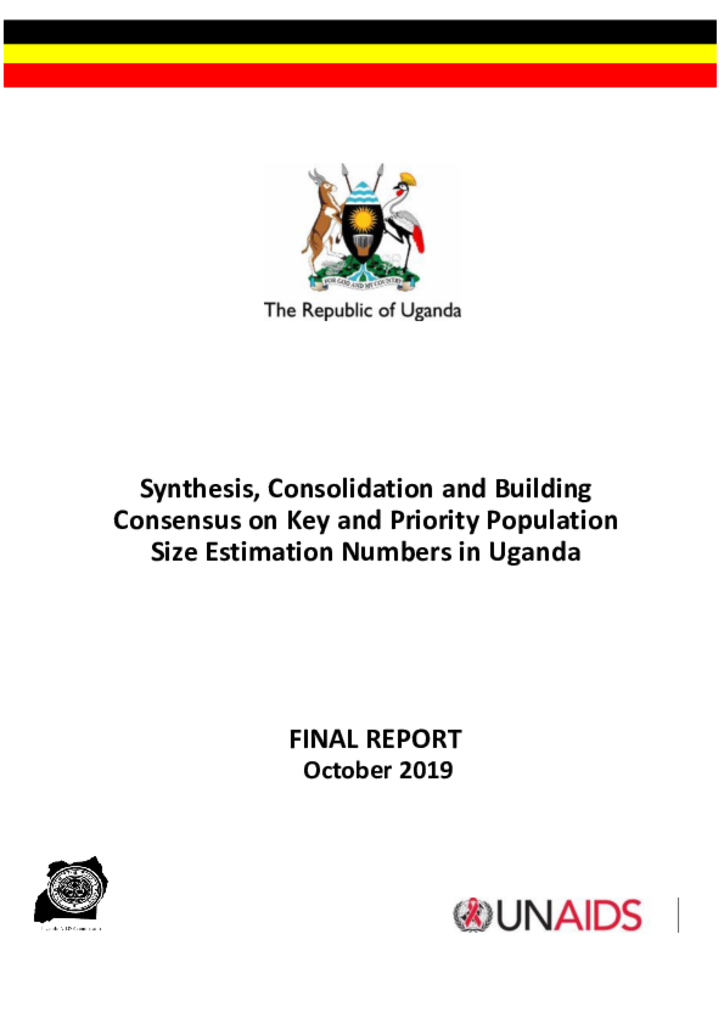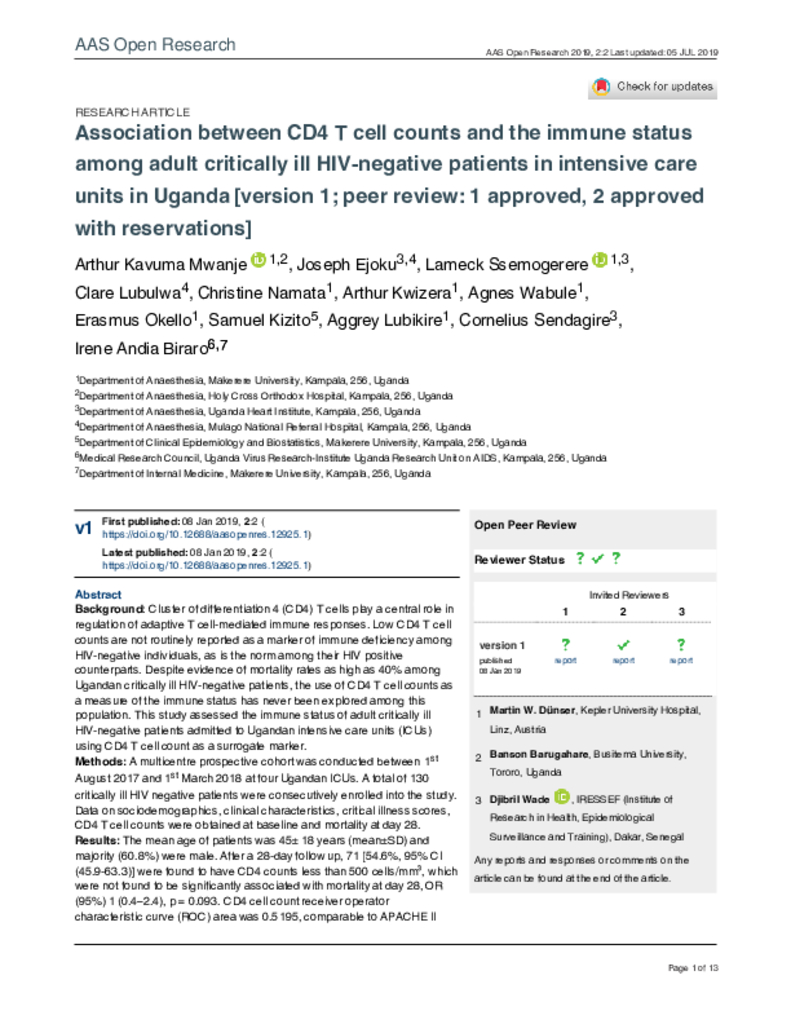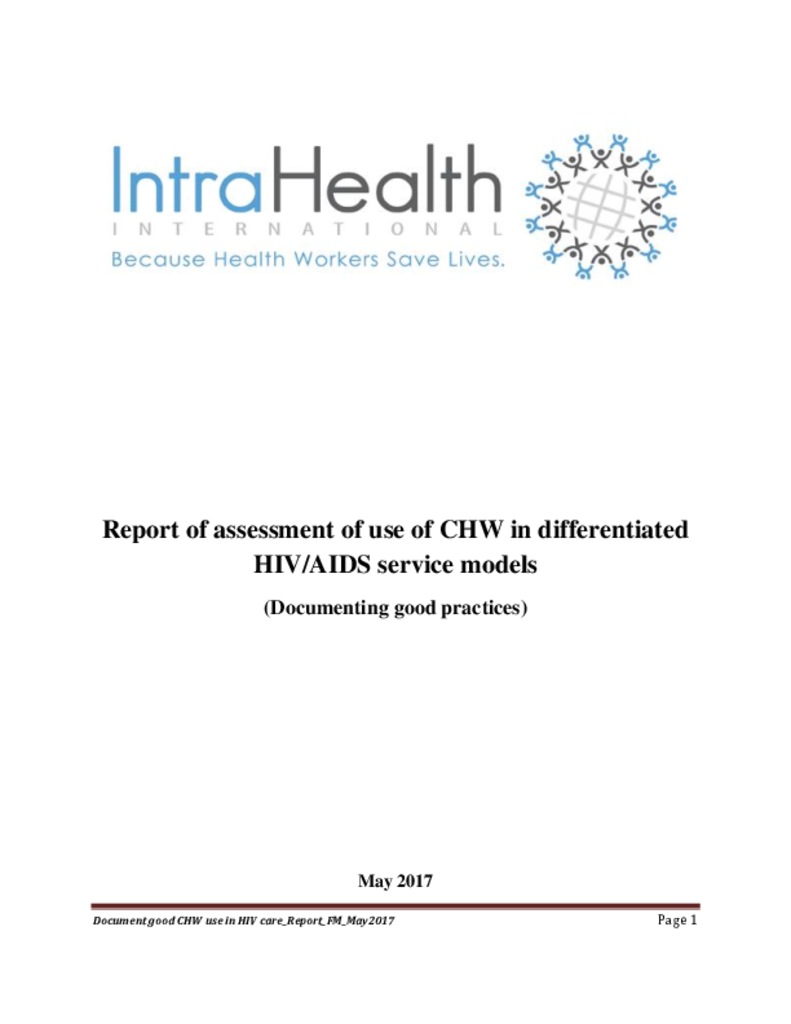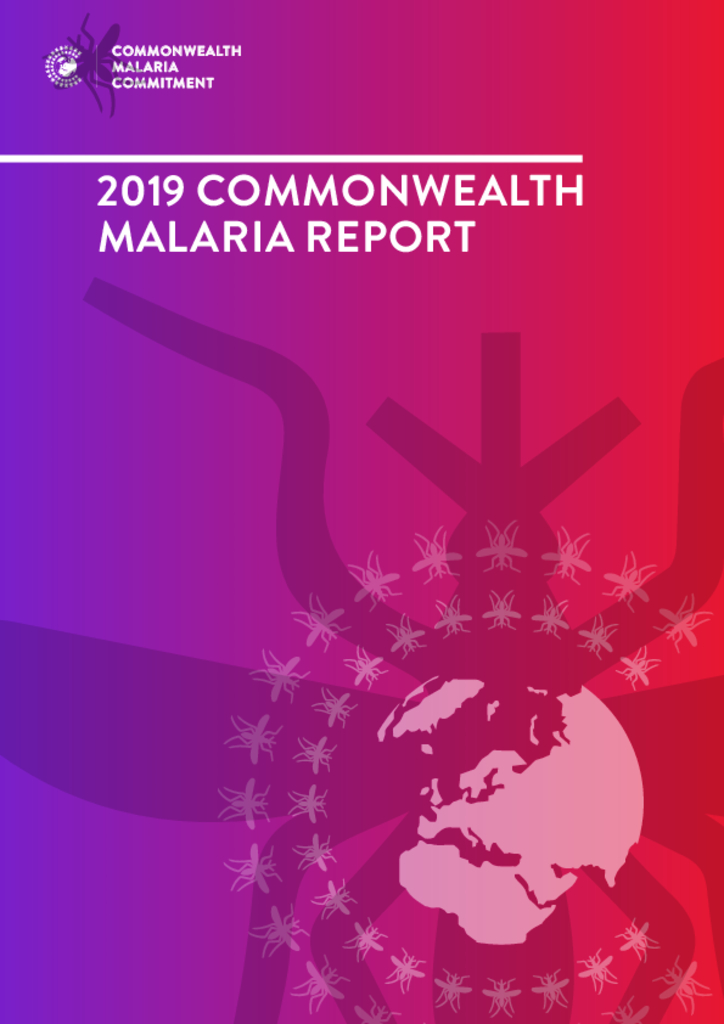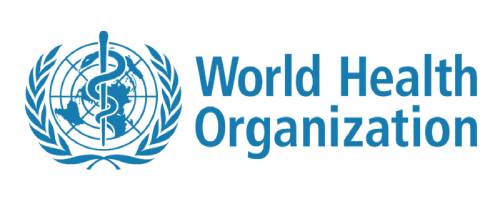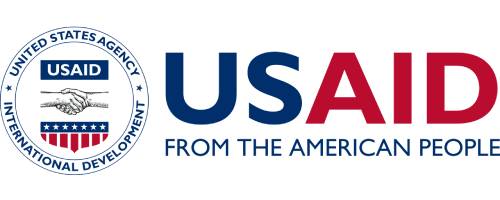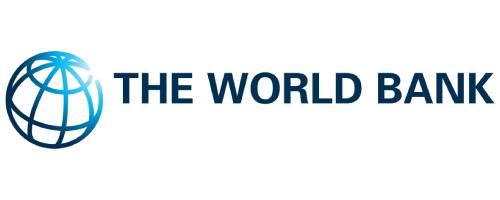Reporting rate this week was 79.4%, a slight decline from 81% the previous week. This week, a total of 187,856 malaria cases were reported having declined by 15% from the previous week. Incidence this week was 4.5%, a decrease from 5.3% the previous week and 6.2% reported in the same week last year, with Obongi(39%) district reporting the highest incidence. Test positivity rate this week was 56% similar to that in the previous week. The highest TPR was reported in Agago (81%), Kole (80%), Oyam (79%), and Pader(76%). There were 29 deaths this week having decreased by 1 compared to last week. The highest were from Hoima (4), Kamuli(3), Gulu (3), Iganga (3) and Mbale(3). This week, 33(24%) districts had more than 52 weeks of ACT stock and only 6(4.4%) districts had more than 52 week of RDT stock. MOH is carrying out a mass mosquito net distribution campaign dubbed “under the net”
Reporting rate this week was at 78.2%, a slight decline from78.7% in the previous week.This week, a total of 206,138 malaria cases were reported, an increase by 10% from the previous week.The following districts are experiencing malaria upsurges : Abim, Agago, Amudat, Bug-weri, Buyende, Isingiro, Kalangala,Kotido, Moroto, Nabilatuk, Nakapiripirit and Yumbe Test positivity rate remained at 57.5%. The highest test positivity rates were reported in Agago (79.1%), Nabilatuk (76.8%), Kwani (76.7%), Koboko (76.5%) and Lamwo (74.8)
The report also tracks a set of indicators outlined in the Roll Back Malaria (RBM) advocacy plan, Action and investment to defeat malaria 2016–2030 (AIM) (2) and the Sustainable Development Goals (SDGs) (3) – a set of interconnected global goals seen as a plan of action for people, the planet and prosperity (Fig. 1.2). The report highlights the various ways investment in the fight against malaria contributes to the SDGs and the aligned WHO “triple billion” targets of the 13th General programme of work (GPW13) (4) (Fig. 1.3)
Globally, new HIV infections among young women aged 15–24 years were reduced by 25% between 2010 and 2018. This is good news, but of course it remains unacceptable that every week 6000 adolescent girls and young women become infected with HIV. The sexual and reproductive health and rights of women and young people are still too often denied.
Reporting rate this week was 77% which is low compared to the previous week (78.5% ) There were over 967 more malaria cases this week (189,661)com-pared to the previous week(188,694).This week,33 malaria deaths were reported. This is low compared to the previous week (43 malaria death). Hoima ,Nebbi and Zombo districts which have previously reported a high number of malaria deaths reported zero malaria deaths. In over 85% (115/136) of districts, over 90% of facilities were well-stocked with ACTs to last them a week, while it was 81% for RDT stock This week 47 districts had suspected malaria upsurges (malaria cases were above the expected upper limit) ,however there is a decline in the number of districts with suspected malaria upsurges . Districts which had suspected malaria upsurges were Abim, Adjumani ,Agago ,Amuria, Bugweri, Bukadea, Bukwo, Bulambuli, Busia, Butaleja, Butambala, Buvuma, Buyende, Hoima, Iganga, Jinja, Kalangala, Kalungu, Kamuli, Kamwenge, Kapchorwa, Kween, Kyegegwa, Kyotera, Kapelebyong, Katakwi, Kiboga, Kikube, Koboko, Kwania, Kumi, Manafwa, Mbale, Maracha, Moroto, Nabilatuk, Nakapiripirit, Nakaseke, Nakasongola, Namayingo, Nebbi, Nwoya, Oyama, Pader, Rakai, Wakiso, Yumbe)
This issue focuses on the first quarter of 2019/2020 financial year. The aim of this bulletin is to inform district, national, and global stake-holders on progress achieved and challenges encountered in malaria control and reduction in Uganda. Most importantly, it is to encourage use of this information at all levels in order to foster improvement of our efforts and to high-light achievements and create awareness for increased resource mobilization & allocation in order to maintain the gains we have achieved.
Facility reporting rates are calculated based on the total number of active ART facilities as of 1st October 2019. An ART facility is considered active if it submitted at least one order and or report in the last twelve months. The reporting rates for this cycle were 99% for PNFP facilities, 90% for PFP facilities and 93% for the government facilities.
Despite marked advancement in prevention, care and treatment, HIV in Uganda continues to exert severe constraints on the public health and economic well-being of a sizeable proportion of the population. The type of HIV epidemic in Uganda is described as severe, mature, and generalized but with sub-epidemics in different key, priority and other populations. Key populations are described by WHO and UNAIDS as those populations which are at higher risk for HIV irrespective of the epidemic type or local context and which face social and legal challenges that increase their vulnerability
Health workers are central to improving health system performance. According to the Annual Health Sector Performance Report (2016) public sector health facility staffing was 71% and PNFP staffing was 73%. The health workers in the PNFP sector are mainly comprised of support or para-clinical staff. Staffing is generally skewed towards the high referral level
In April 2018 a historic partnership of governments, civil society, the private sector and multilateral organisations, came together in London for a momentous Malaria Summit, delivering US $4.1 billion investment for the global malaria fight. Two days later at the Commonwealth Heads of Government Meeting (CHOGM), all 53 leaders committed to halve malaria in the Commonwealth within five years. If we keep our promises, implement the strategies, deliver the financing and political leadership promised at the summit, 2018 will prove to be a defining moment in humanity’s battle against this deadly disease. Keeping these promises will prevent 350 million cases of malaria and save 650,000 lives in Commonwealth countries.i
Confirmed Malaria cases per 1000: (Number of Malaria cases positive by microscopy and RDT/ district population )x 1000 Total Malaria cases per 1000. (Number of Confirmed + Presumed malaria cases) / district population)*1000 Malaria Deaths: Number of Malaria deaths per week % of Test Negative Treated: Proportion of those who tested negative that are treated. Test Positivity rate– Number of malaria positive tests (RDT + Microscopy) / Number tested by RDT and Microscopy ACT Stock available: Overall ACT stock available at district level compared expected weekly total malaria cases. RDT Stock available: Overall RDT stock available at district level compared to expected weekly suspected fevers. Proportion of Health facilities reporting ACT stock outs: Number of Health facilities with ACT stock out/ Number of facilities reporting
